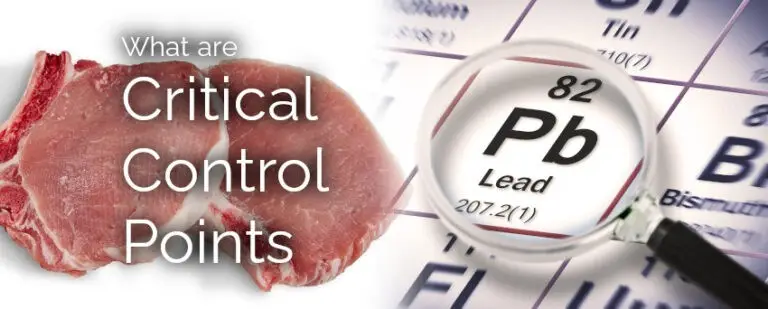A critical control point (CCP) is a point, step, or procedure in a food production process where a potential hazard can be prevented, eliminated, or reduced to an acceptable level. It is a key step at which a specific measure can be applied to prevent or reduce the likelihood of a food safety hazard occurring.
Examples of CCPs include cooking meat to a specific temperature to kill harmful bacteria and testing milk for bacteria before pasteurization. Identifying and controlling CCPs is an important aspect of HACCP (Hazard Analysis and Critical Control Points) food safety management system.
Some more examples of critical control points (CCPs) in food production include:
- Cooking: Cooking meat to a specific temperature to kill harmful bacteria.
- Pasteurization: Heating milk to a specific temperature and holding it there for a specific amount of time to kill bacteria.
- Freezing: freezing meat quickly to prevent bacterial growth.
- pH control: Monitoring and controlling the pH levels of a food product to ensure that it is not too acidic or alkaline for harmful bacteria to survive.
- Allergen control: Properly cleaning and sanitizing equipment and surfaces to prevent cross-contamination of allergens.
- Temperature control: Monitoring and controlling the temperature of food storage and transportation to prevent bacterial growth.
- Metal detection: inspecting food for metal contaminants using a metal detector before packaging
- Microbial testing: testing food samples for harmful bacteria, such as Salmonella and Listeria, before packaging and distribution.
These are just a few examples, and the specific CCPs will vary depending on the type of food product and the production process.

